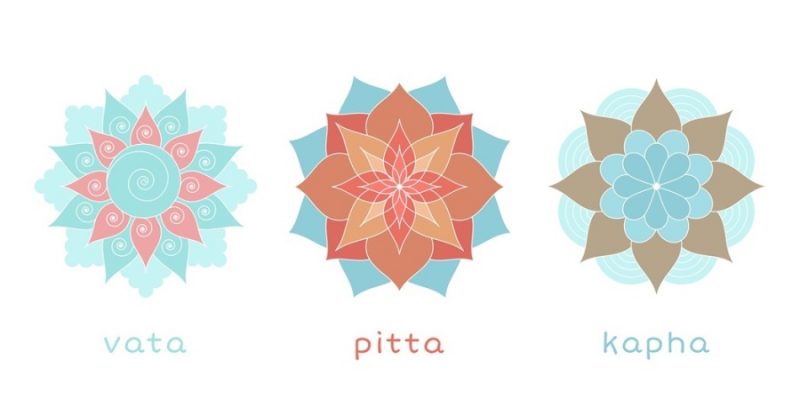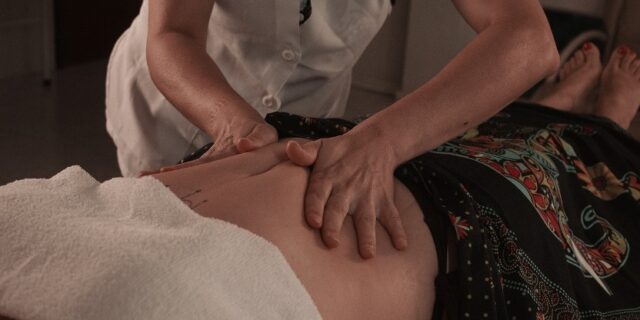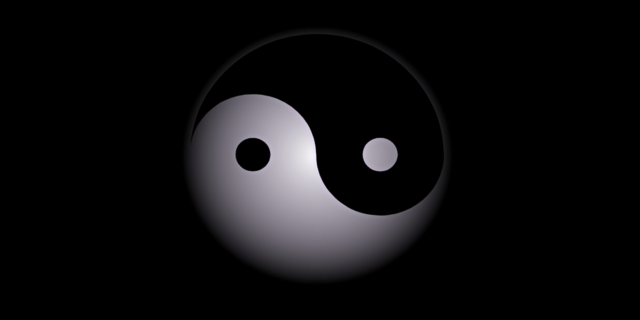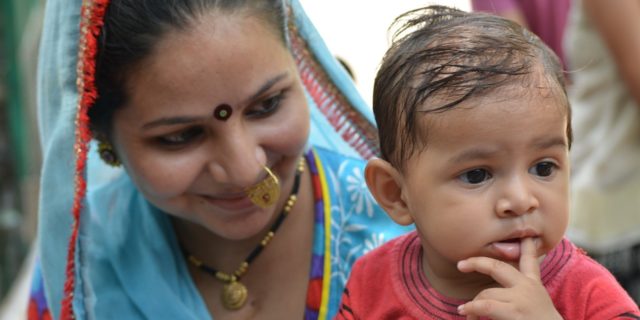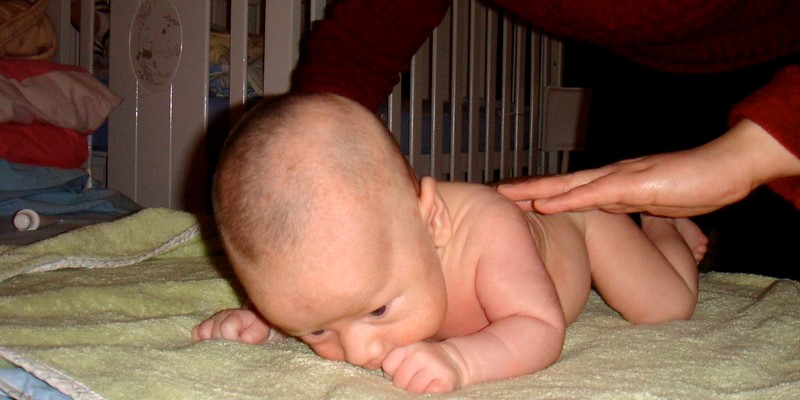
Traditionally in Asia, but also in some other parts of the world, the balance between “hot” and “cold” is an important theme. It affects multiple behavioral patterns, such as notably the practices carried out in the postpartum period.

Research shows that theories around hot-cold can be traced back to ancient medical systems, including those from the Chinese, Indian, and Greek. Although descriptions differ (like Yin–Yang in Traditional Chinese Medicine and the three Doshas in Ayurveda) all underline keeping a balance of contrasting forces to promote health. Perhaps we find similarities between distinct traditional systems because of early mutual influences, but today the exact history is very hard to know.
Hot-cold theories usually don’t influence day-to-day life, but with important life transitions (so-called rites of passage), as in the pregnancy and postpartum periods, they become of high importance. In many Asian countries, blood is considered a “hot” element, and subsequently when giving birth and loosing blood, the process is described as “cold” and “wet,” thus traditionally, balancing out opposing elements, “regaining heat” and “drying” are of vital importance.
In Thailand, we see that the concept of “regaining heat” is especially significant in the so-called Yu Fai practices in the Yu Duan confinement period following childbirth (the Yu Duan period takes thirty days).
Yu Fai practices include “lying by fire” (resting or lying down in a hot environment heated by burning tamarind wood, coals and local herbs, also called Mother Roasting), hotbeds, certain dietary restrictions, application of hot herbal compresses, herbal steam treatments, hot baths, hot drinks, herbal baths, eating “hot foods”, and other activities that prevent “heat loss” like keeping the body covered, sexual abstinence, and avoiding windy situations. Similar practices are performed in both Laos and Cambodia.
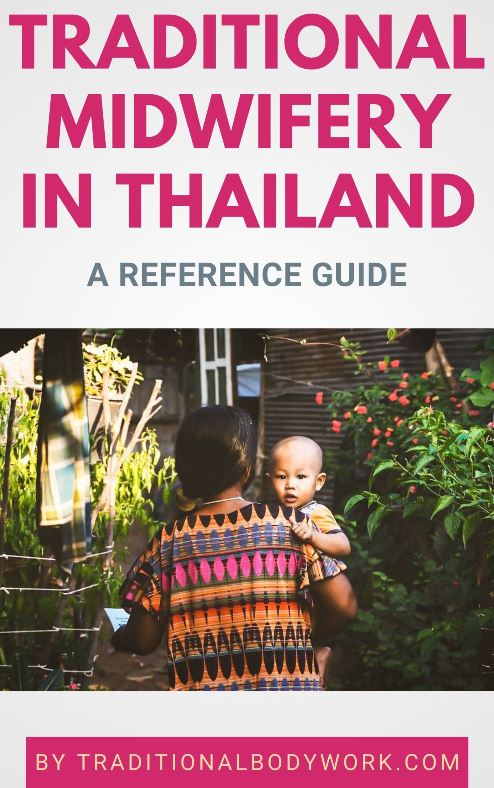
Another example of hot-cold and regaining heat applications can be found in the Chinese postnatal confinement period Zuo Yue Zi or “Sitting The Month,” which takes thirty days.
Then, in Korea, the Samchilil postpartum confinement time is practiced for at least twenty-one days. The new mother is given a special postnatal dietary regime. During this period, women follow principles that emphasize activities and nutrition that keep the body warm, among other goals.
Foods and drinks may be classified as “hot” or “cold” based on the presumed inherent properties. This means that hot or cold is independent of the foods’ temperature, although hot drinks (in temperature) are generally considered beneficial.
Apart from many things mothers should do or by contrast should not do, we find the general instruction for mothers to stay away from anything that is cold, in order to re-balance the body’s state prior to that of childbirth, and to avoid illnesses later on in life. It’s therefore thought to be essential to stay warm during the postpartum period, which includes eating “warm” or “hot” foods.









